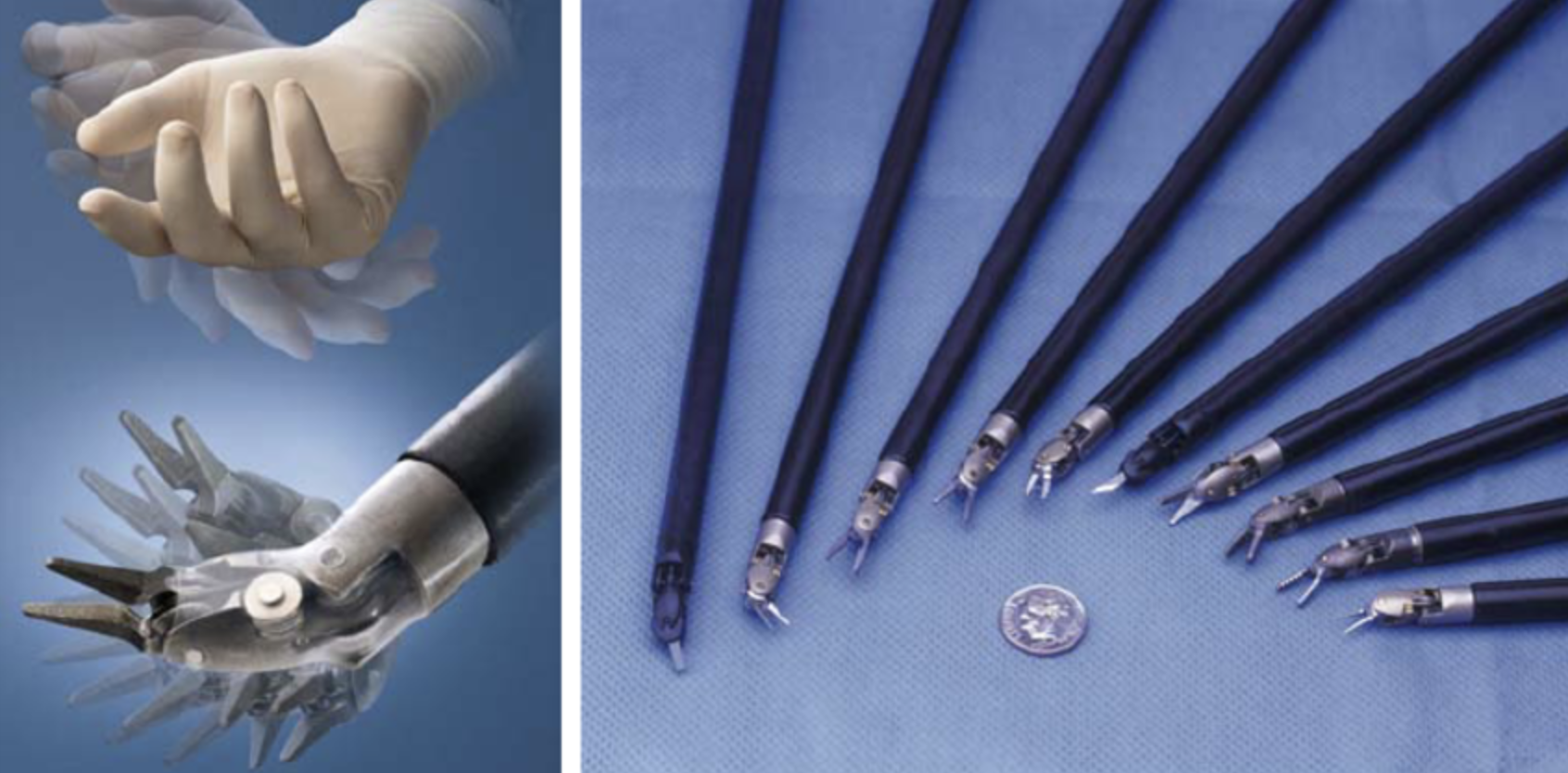Robotic surgery for the treatment of heart diseases
Even though robotic surgery is commonly used in branches such as urology, general surgery and gynecology, it was actually first programmed to be used in heart surgeries in 1997. However, its development and usage in other branches advanced rapidly as heart surgery is a very complicated area. Robotic surgeries have been frequently preferred in heart surgeries in our country in recent years. Robotic surgeries have many advantages due to patient comfort and positive outcomes especially in pediatric cases. Primarily, patient recovers with less pain and faster with robotic heart surgeries performed through a small incision without opening the thorax. Moreover, cosmetic traumas such as surgical scars are not observed in the patient. It is especially a very advantageous option in pediatric patients. The child recovers faster from an easier surgical operation. Therefore, the child can return to the school life in a little while. He/she does not experience surgical trauma. But patient selection should be done very well.
In which diseases can it be used?
Robotic heart surgery is most frequently used in coronary heart diseases in bypass surgery. It is possible to bypass one or two vessels in robotic surgery. Three different robot versions have been developed in this area. The most used version today is the Da Vinci robot. This device was initially developed to remotely treat astronauts going to space. Robotic heart surgery can be very easily used in mitral valve repair and replacement, tricuspid valve repair and replacement, closure of the congenital heart hole called ASD between the left and right atria, and removal of the tumors located in the heart. We can easily bypass the vessel nurturing the front surface of the heart with robot. Robotic surgery gives chance to bypass one vessel without stopping the heartbeat. It is still risky to bypass multiple vessels with robot. It is not performed so much around the world. It allows bypass in the beating heart with an incision of 5 centimeters under the left breast. It is a great advantage to operate the patient without connecting them to a cardiopulmonary pump because it is a factor that accelerates discharge from intensive care, recovery and discharge from hospital.
Advantages of robotic surgery in heart surgeries
Allowing for major heart surgeries through smaller incisions in the first place, robotic heart surgery is much more advantageous in suitable cases for reasons such as patient comfort, recovery time, cosmetic concerns, less pain, lowering the time in intensive care to 1 day and hospitalisation period to 3 days, and the fact that the patient can drive home after the operation. By magnifying the area 20 times during the surgery, it enables the surgeon to see it three-dimensionally and in a more detailed way. Therefore it reduces the the chance of making mistakes. Shortened hospital stay and reduced risk of hospital infection also lower the healthcare cost. Healthcare institutions can discharge a patient in 3 days instead of 7-10 days. Hence, more patients can take a chance to access this treatment. Its psychological impact is also very important. Patients do not feel as if they underwent a major surgery and even forget about it.
Robotic operations in pediatric patients
Robotic surgery works actual miracles in the mitral valve repair. It can be used for ASD (atrial septal defect-hole in the heart) in adults and children above 40 kilograms and VSD (ventricular septal defect) in suitable cases.
Who can perform robotic surgery?
In order for a heart surgeon to perform robotic surgery, he/she must have operated at least 50 cases under the supervision of a surgeon who knows and uses the robot. It is not enough just to have the training for the robot, that is, the device. It is also important to go through cases. You can learn how to move the arms during the surgery on the case not theoretically. A sudden movement can risk the operation. To avoid this, you need to have been trained by a good surgeon. For these reasons, I have studied and have been trained on these cases in Belgium for 3 full years.
Who cannot undergo robotic surgery?
It is still not possible to use robots for every disease in heart surgeries. One vessel can be bypassed with robotic surgery, but if necessary, other vessels can be intervened either with open surgery or simultaneous hybrid intervention which includes robotic bypass on one or two vessels and stent placement in other two vessels. Diabetic patients can also take advantage of robotic heart surgery as wound healing is faster. However, problems can occur in several places of a vessel in diabetic patients. Because a common vascular disease is generally in question for such individuals. It may not be ideal to bypass a few points of a vessel with robot. Then, open surgery may be considered. Robotic surgery is not the right option in a patient who need to be operated in 5 of his/her vessels at the same time. Moreover, robotic surgery should not be performed if the patient has a history of lung disease, presence of adhesions in chest cavity where the lungs are located or adhesions in cardiac membrane.

